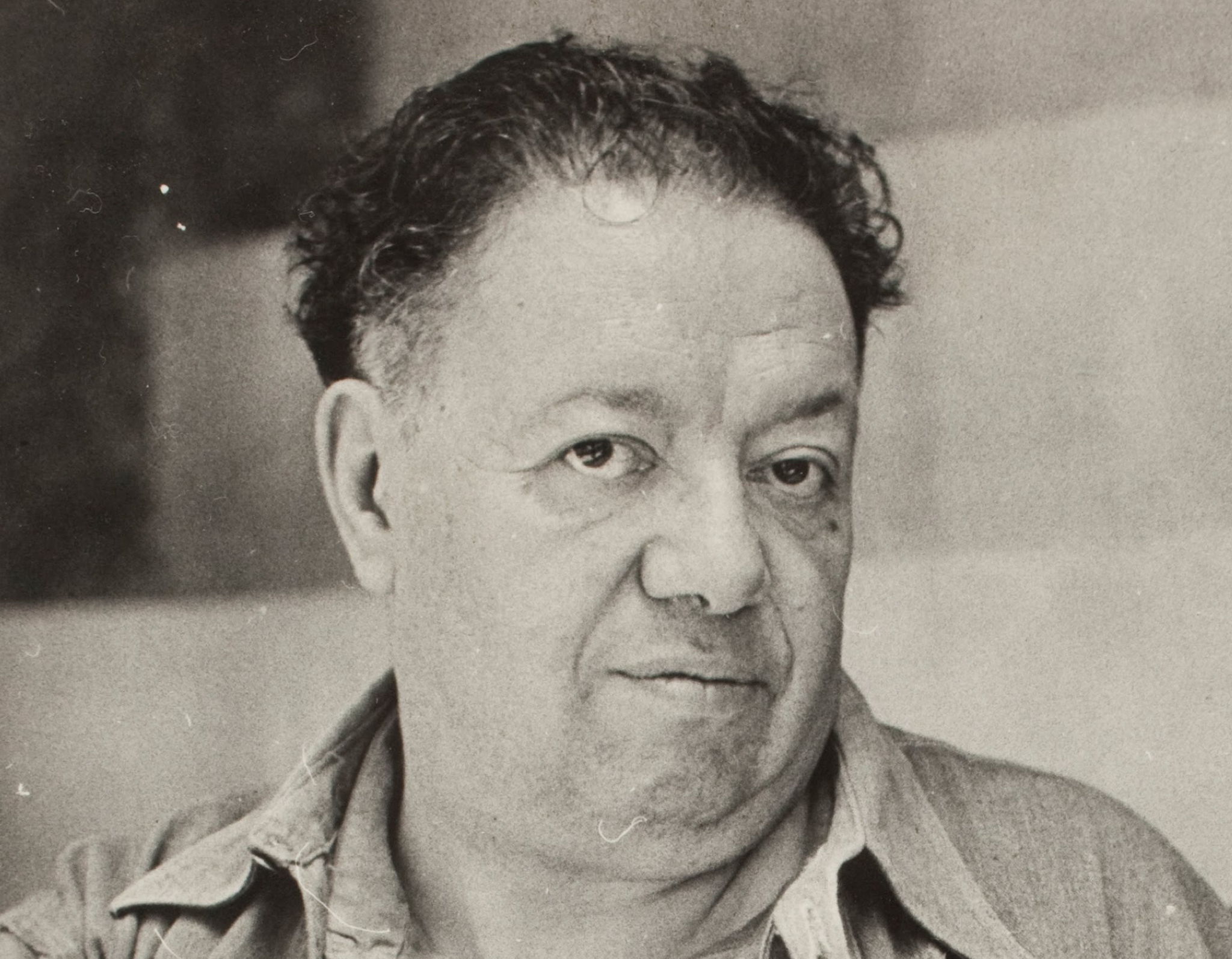Diego Rivera's City of the Arts Opens
Mexico City
5 November 2021

Diego Rivera’s dream of an urban oasis of traditional Mexican art has finally been realized 80 years after its conception.
Dubbed “the City of Arts,” the 13-building complex opened at the Anahuacalli Museum in the Mexico City neighbourhood of Coyoacán. In a manifesto written between 1945 and 1950, Rivera wrote that the City of Arts would unite “the school and academy artist with the potter, with the weaver, with the basket-maker, with the stonemason, with everything that is a pure and high expression of the people of Mexico.”
The artist died in 1957 before plans for the first project, the Anahuacalli Museum, were completed.
In 1963, Rivera’s daughter, Ruth Rivera Marín, worked with architects Juan O’Gorman and Heriberto Pagelson to execute her father’s vision for a Tenochtitlan-style “temple” to house 2,000 pieces of his collection of pre-Hispanic art, now the Anahuacalli Museum. Rivera envisioned Anahuacalli as just one piece—a community centre of sorts—in his City of the Arts, which is primarily constructed from the dark volcanic rock prevalent in the area due to the eruption of the Xitle volcano. The latest project was realized by the father-son architect duo Mauricio and Manuel Rocha, whose firm Taller de Arquitectura won the bid for the expansion of the museum.
The entire project took six years to complete. The design includes a library, multipurpose rooms for research and art-making, a new esplanade, and storage space to hold Rivera’s complete 50,000-piece art collection of pre-Hispanic art and artifacts.
